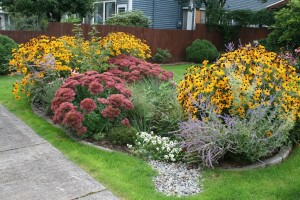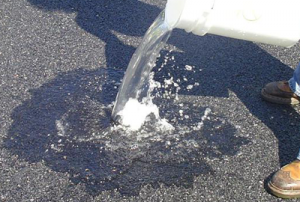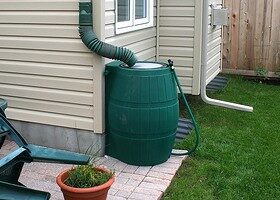Water Quality
Our Home > What We Do > Water Quality
Promoting Cooperative Action in the Carson River Watershed





Our Home > What We Do > Water Quality
The Carson River is listed on the Clean Water Act 303(d) List of Impaired Waters. CWSD is charged by the Nevada Legislature to coordinate an integrated approach to watershed management, and is the Governor’s appointed 208 Water Quality Planning entity for the Carson Basin. CWSD coordinates, plans, and funds projects and programs that improve water quality so one day the Carson River will be removed from the 303(d) list.
Impervious surfaces like driveways, sidewalks and streets prevent the water from naturally soaking into the ground. Stormwater can pick up debris, chemicals, dirt and other pollutants and flow into a storm sewer system or directly to a lake, stream, river, or wetland. Anything that enters a storm sewer system is discharged untreated into the waterbodies that we use for swimming, fishing, and drinking water. These chemicals, debris, dirt and other pollutants are called Non-Point Source (NPS) pollution. Click here to watch a video explaining the impacts of stormwater runoff.
The Carson River pollution problems are mainly from NPS pollution. To aid in the reduction of NPS pollution, CWSD promotes:
LID practices decrease the amount of pollutants and volume of water delivered directly to waterways by infiltrating the water on site. There are several urbanized areas within the Carson River Watershed where the use of LID practices will provide benefits to the water quality of the Carson River. Examples of Low Impact Development practices are:

Rain gardens successfully prevent nonpoint-source pollution from entering storm drains, as shallow, vegetated basins effectively contain and infiltrate water. Photo courtesy of Rain Dog Designs, Gig Harbor, Wash.

Pervious pavement allows water infiltration, so water soaks into the ground rather than flowing into a storm drain.

Using rain barrels simplifies water conservation because collected water can be used for outdoor landscaping. In addition, collecting rainwater reduces runoff flow to storm drains, which in turn reduces the chance of nonpoint-source pollution reaching the Carson River.
One Watershed, Two Superfund Sites
Another factor impacting water quality in the Carson River Watershed, are the two EPA designated Superfund sites: Leviathan Mine in the Upper Watershed and the Carson River Mercury Site in the Middle Watershed. CWSD works with the Environmental Protection Agency and the Nevada Department of Environmental Protection to coordinate planning efforts to protect public safety from these sites.
Leviathan Mine is an abandoned open-pit sulfur mine high on the eastern slope of the Sierra Nevada, in Alpine County CA. Leviathan Mine was mined for sulfur used to dissolve copper from a relatively low-grade ore at a mine near Yerington, NV. The mine has since been contaminating a nine-mile stretch of mountain creeks. The stream system drains into the Carson River about five miles from the mine and enters the picturesque Carson Valley nine miles downstream from the mine. The Toiyabe National Forest surrounds the site, and there are no permanent residents within several miles.
The Carson River Mercury Site includes mercury-contaminated soils at former mill sites, mercury contamination in waterways adjacent to the mill sites, and mercury contamination in sediments, fish and wildlife over more than a 50 mile length of the Carson River, beginning near Carson City, Nevada and extending downstream to the Lahontan Valley. Contamination at the site is a legacy of the Comstock mining era of the late 1800s, when mercury was imported to the area for processing of gold and silver ore. During the mining era, an estimated 7,500 tons of mercury were discharged into the Carson River drainage, primarily in the form of mercury-contaminated tailings.